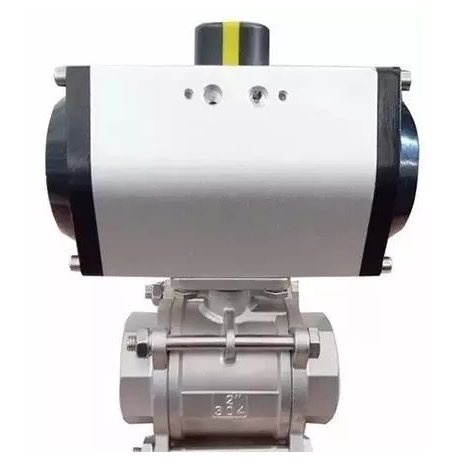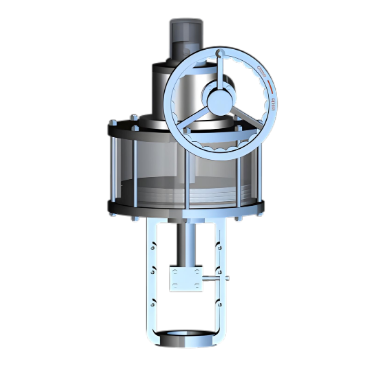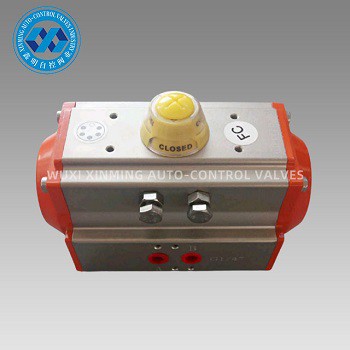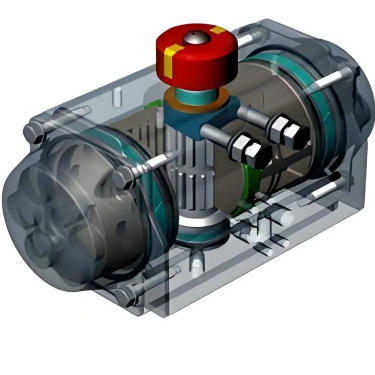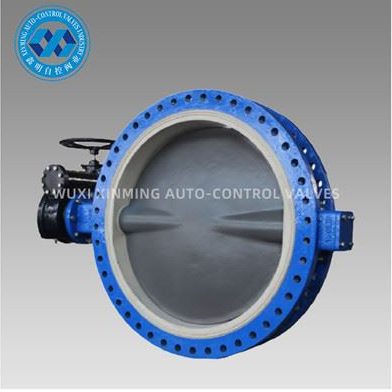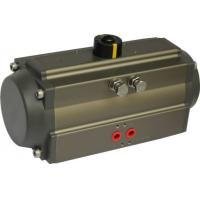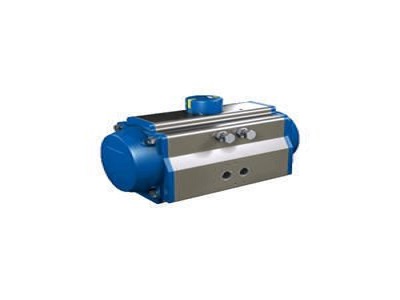Pneumatic piston actuators can be
classified into several types based on their structure and working principles.
The main types are as follows:
Single - acting piston actuator: This type
of actuator has a spring - return mechanism. Compressed air is used to drive
the piston in one direction, and the spring forces the piston back to its
original position when the air pressure is removed. It is commonly used in
applications where a simple, one - way motion is required, such as in some
valve - closing operations.
Double - acting piston actuator: In a
double - acting piston actuator, compressed air is used to drive the piston in
both directions. This allows for more precise control and greater force output
in both strokes. It is widely used in industrial processes where accurate
positioning and high - force requirements are needed, such as in the actuation
of large - diameter valves in chemical plants.
Diaphragm - type piston actuator: The
diaphragm - type piston actuator uses a flexible diaphragm instead of a
traditional piston. The diaphragm expands and contracts under the influence of
air pressure, causing the actuator rod to move. This type of actuator offers a
more linear motion and is suitable for applications that require fine - tuning
and precise control, such as in some laboratory equipment and precision - control
systems.
Rotary piston actuator: This actuator
converts the linear motion of the piston into rotary motion through a rack -
and - pinion or vane - type mechanism. It is used in applications where rotary
motion is needed, such as in the actuation of rotary valves or in some robotic
arm applications.
If you want to learn more about low-priced products, please visit the following website: www.xm-valveactuator.com


